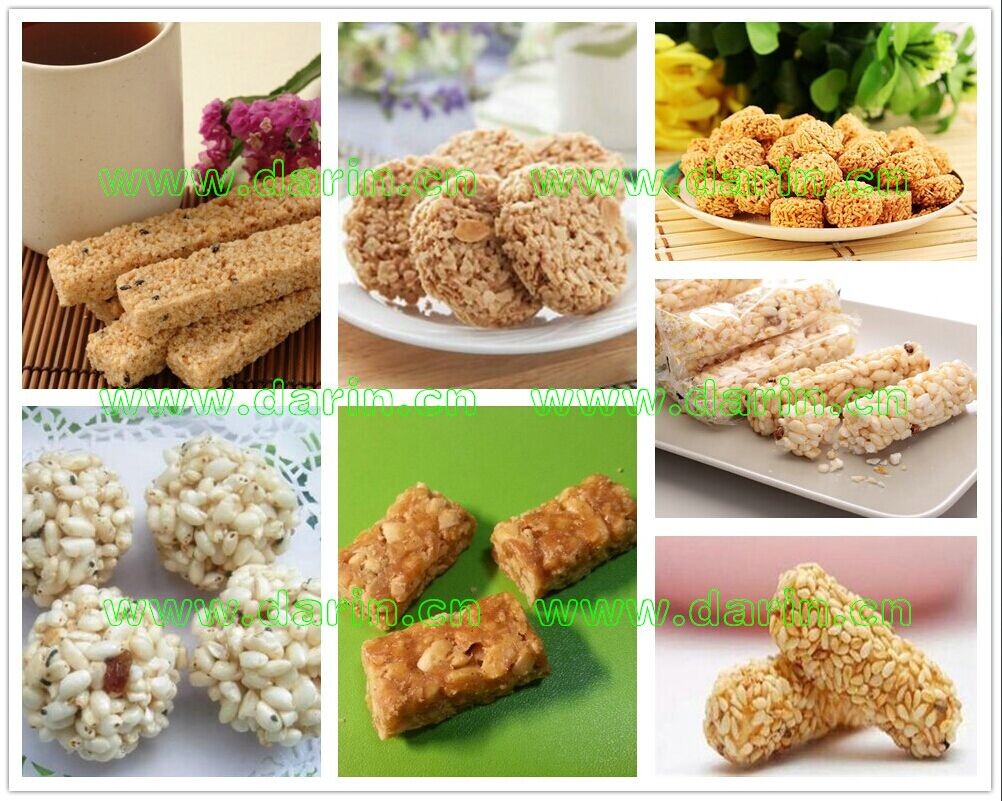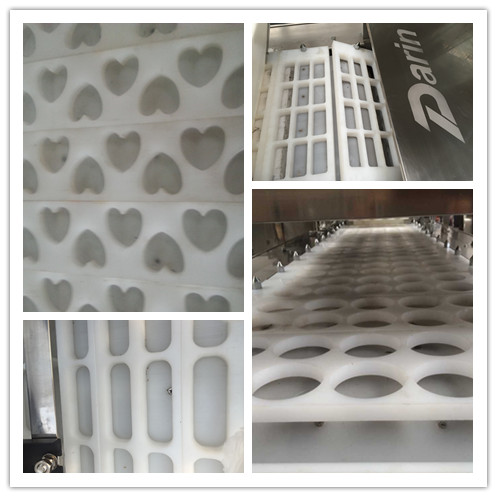Energy conservation and environmental protection pressure and energy security are the internal driving forces for the growth of new energy vehicles. According to statistics, 70% of China's oil is used in automobiles, and 50% of urban air pollutants come from automobiles. The dependence on crude oil has risen all the way. %the above. In comparison, new energy vehicles meet the objective requirements of environmental protection and energy security. On the other hand, the new energy automobile industry has been promoted as an important economic growth point, including the Freedomcar program launched by the United States and the smart grid plan. NEDO program.
As one of China's seven strategic emerging industries, the new energy automobile industry is strongly supported by the policy. In February 2016, the State Council further clarified support for the development of new energy automobile industry, and proposed measures to promote the establishment of a power battery innovation platform, accelerate the construction of charging facilities, and expand the proportion of new energy vehicles used in urban public transportation. With the decline in the cost of lithium batteries, the increasing number of models and the continuous improvement of supporting facilities, the new energy vehicle industry is expected to accelerate growth. According to the China Association of Automobile Manufacturers, in the first 11 months of 2016, the cumulative output of new energy vehicles in China reached 427,000 units (340,000 pure electric vehicles and 87,000 plug-in hybrids), an increase of 61.38%.
Considering that the average capacity of the all-electric passenger car battery is about 25Kwh, the average battery capacity of the passenger car is about 150-250Kwh, the average capacity of the special-purpose car battery is about 30-40Kwh, the average capacity of the hybrid passenger car battery is about 15Kwh, and the passenger car is about 30kwh. According to the calculation of stock replacement and new demand, it is estimated that the total demand for power lithium battery for 16 years will reach 30Gwh, and the growth rate is close to 100%.
Lithium battery manufacturing companies continue to expand their production capacity, driving demand for lithium battery equipment
Benefiting from the rapid increase in the number of new energy vehicles, lithium battery manufacturers have expanded their production capacity. Taking the lead in the lithium battery industry as an example, the company actively deployed the production line. The production line of the third phase of the 450 million ampere hour is in an accelerated construction period.
In addition to Guoxuan, other companies such as CATL, BYD, Lishen, Lifan, etc. have also launched expansion plans. According to grassroots research and high-tech lithium battery statistics, the related lithium battery companies plan to have a capacity of about 50 Gwh in 2016, of which the first-line high-end capacity is about 30 Gwh, and the lithium battery industry continues to push the demand for lithium-ion equipment. In addition, in February 2016, Jianrui Fire announced that it was planning to acquire a 100% stake in Wattwater Corporation's Waterma, and also raised 400 million yuan for the lithium battery production line project. The favor of the capital market also reflects the attractive prospects of the lithium battery industry.
The lithium battery industry entered the integration window period, and the second expansion boosted the demand for lithium battery equipment. On November 22, 2016, the Ministry of Industry and Information Technology issued the "Regulations for Automotive Power Battery Industry (2017) (Draft for Comment)", the first request for the capacity of power battery companies and power battery systems enterprises: lithium battery cells The annual production capacity is not less than 8GWh; the power battery system enterprise capacity is not less than 80,000 sets or 4GWh. The Exposure Draft has greatly increased the requirements for the company's production capacity, and the industry's threshold has been greatly improved, which will help the industry to increase its concentration. At the same time, leading enterprises and threshold marginal enterprises will set off a new wave of expansion.
At present, major lithium battery manufacturers have launched expansion plans, CATL, Guoxuan, Lishen's 17-year planned production capacity reached 12.6, 9.7 and 6.6GWh respectively. It is expected that the total capacity of major manufacturers in 16 and 17 years will reach 52.2GWh and 82.1GWh respectively. . In the first 11 months of this year, the total output of new energy vehicles in China was 427,000. Even if the growth rate is maintained next year, the demand for batteries is still lower than the industry capacity. At present, the industry's low-end lithium battery capacity may be excessive, and high-end lithium battery is still in short supply, Sanyo, Panasonic's ternary lithium battery capacity can be achieved 3.1AH, while the domestic majority is 2.2AH or so.
With the lithium battery industry entering the integration period, a new wave of expansion will help the demand for lithium battery equipment continue to grow.
The lithium battery manufacturing center is transferred to China, and the advantages of domestic equipment are highlighted.
In terms of the global market, international mainstream battery manufacturers mainly come from Japan and South Korea. Samsung, Panasonic, LG, Sony and other giants have an absolute advantage. The main reason is that downstream applications, especially new energy vehicles, require high quality lithium batteries. The domestic lithium battery manufacturing industry is relatively fragmented, and the main producers include CATL, BYD, Lishen, Guangyu, BAK and so on.
Although domestic companies still occupy a small share of the entire international market, lithium-ion battery manufacturing centers have been moving to the domestic market. Under the background of continuous optimization of domestic investment environment and relatively low labor costs, lithium-ion battery manufacturing centers are transferred to China according to the path of materials, batteries and vehicles.
Foreign lithium-ion equipment manufacturers started earlier, especially Japan and South Korea have strong basic mechanical processing capabilities, and the products are refined and automated. Foreign lithium battery equipment companies mainly adopt a single product competition strategy to provide single-link production equipment on the lithium battery production process. Although domestic lithium battery equipment technology has a certain gap with foreign countries, domestic lithium battery equipment has the characteristics of more complete product lines and short delivery period. In general, the cost performance is higher.
The quality of the equipment is excellent, and the price/performance advantage gradually emerges. Foreign equipment research and development started early, equipment accuracy and automation are relatively high, but the domestic battery model has changed greatly. The cost of using foreign equipment is very high. The domestic equipment is developed and manufactured according to the process characteristics of China's battery production. The price of domestically produced equipment is generally only half that of imported equipment. With the continuous improvement of lithium battery equipment technology, the cost performance advantage and the substitution effect on imported equipment will become more and more obvious.
Domestic equipment has a short lead time. Domestic equipment delivery cycle is generally 3-6 months, far lower than the delivery cycle of imported equipment, domestic equipment has a natural regional advantage.
The product line is full and the whole line solution has strong capabilities. Foreign equipment manufacturers often provide a single link of equipment, and domestic equipment manufacturers can timely install and debug on-site according to the needs of enterprises. In addition, the entire line solution can avoid problems caused by the integration of different devices, and has more advantages.
Cereal Bar Machine is used to produce cereal bar, muesli bar, muesli bar, and other snacks bar. The shapes and sizes can be various by changing the molds, like square, round, ball, triangle, heart, etc.
1. The shapes can be round, cylindrical, square, semi round, triangular and blossom, etc.
2. Mechanical pressing & rubbing, does not hurt nuts, without waste.
3.Mechanical driving, accuracy positioning, upper and nether moulds tight fit, makes super cereal bar shaping.
4.Using high performance frequency inverter, easy adjust speed, high efficiency, it can produce 24-hour continuously.
5. Moulds and hopper are both non-sticky processed. All the parts may contacts food are all non-toxic material, oil and high temperature resistance.
6. Cooling conveyer can be customized as demand.



Cereal Bar Machine
Cereal Bar Machine,Cereal Bar Production Line,Cereal Bar Forming Machine,Cereal Making Machine
Jinan Darin Machinery Co., Ltd. , https://www.globaldarin.com


